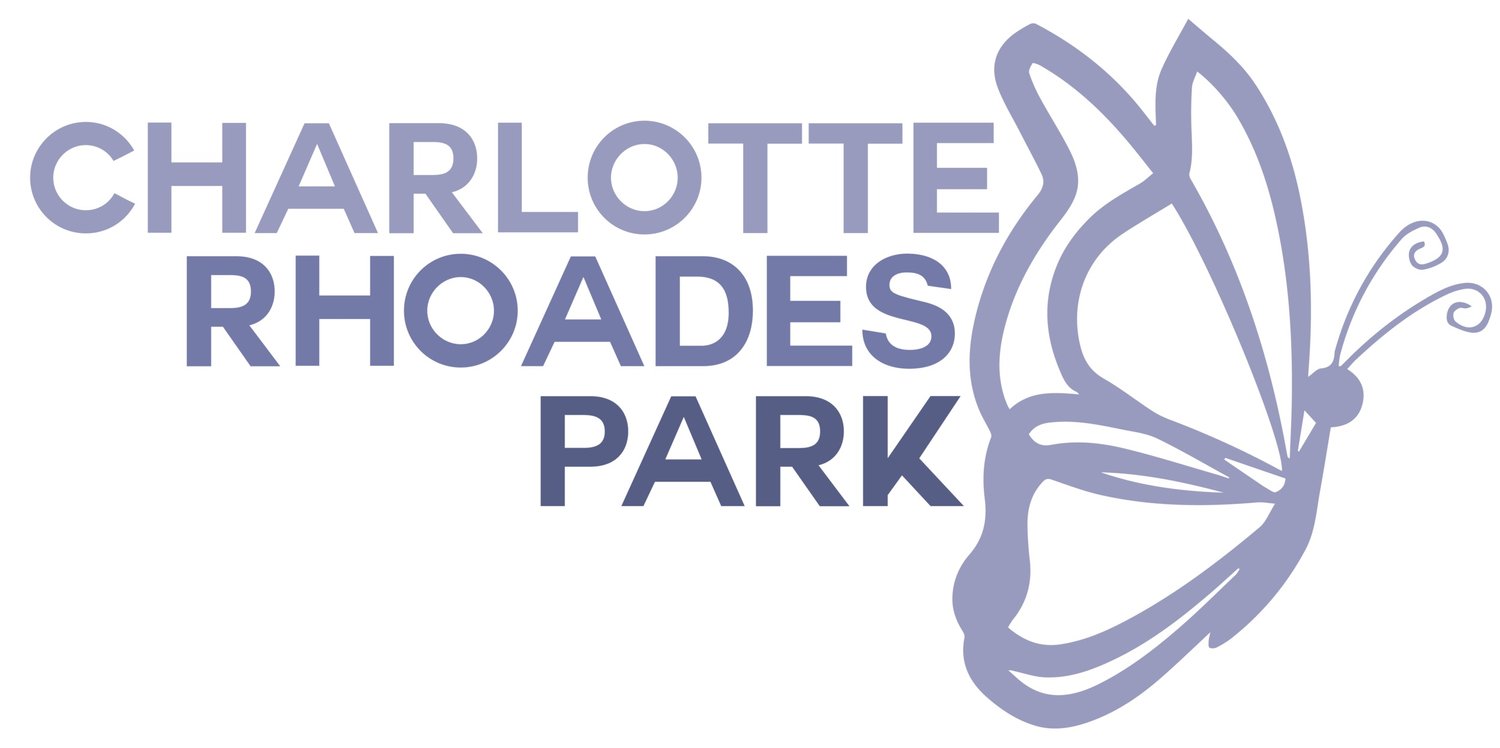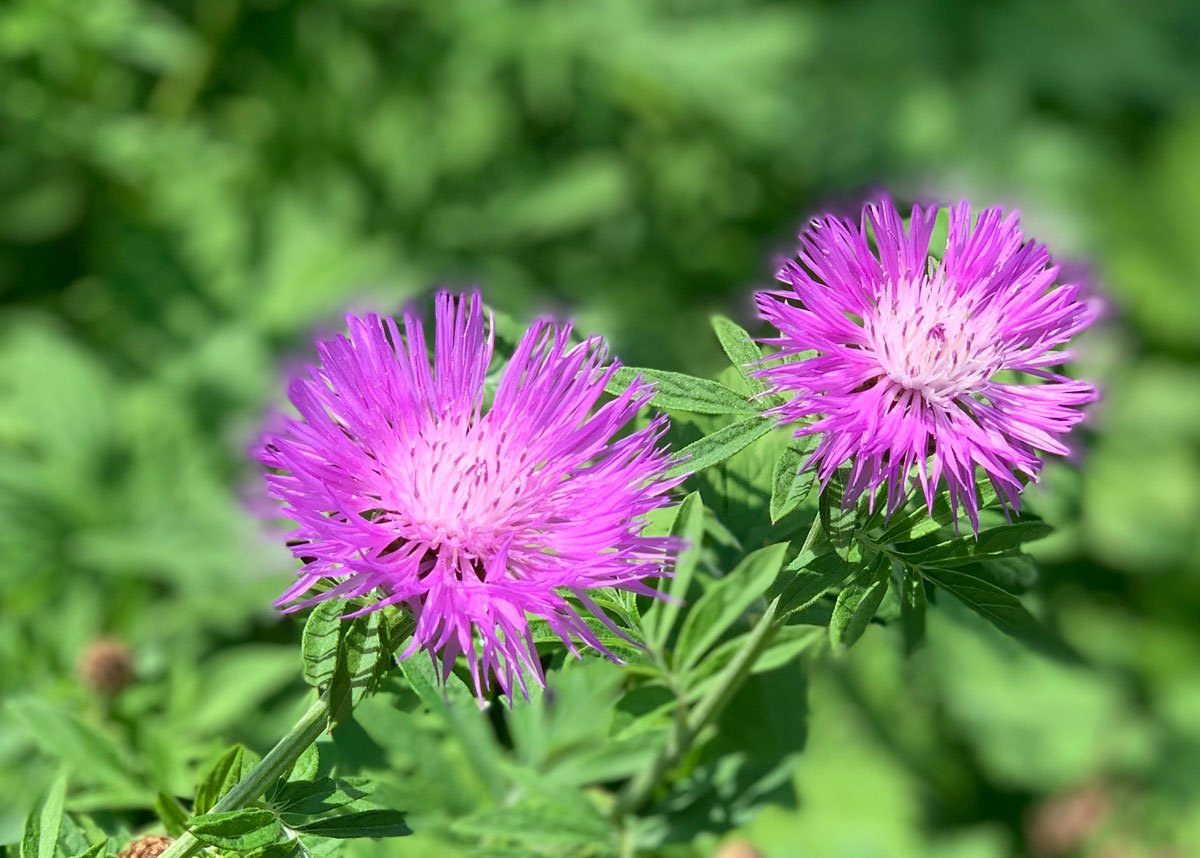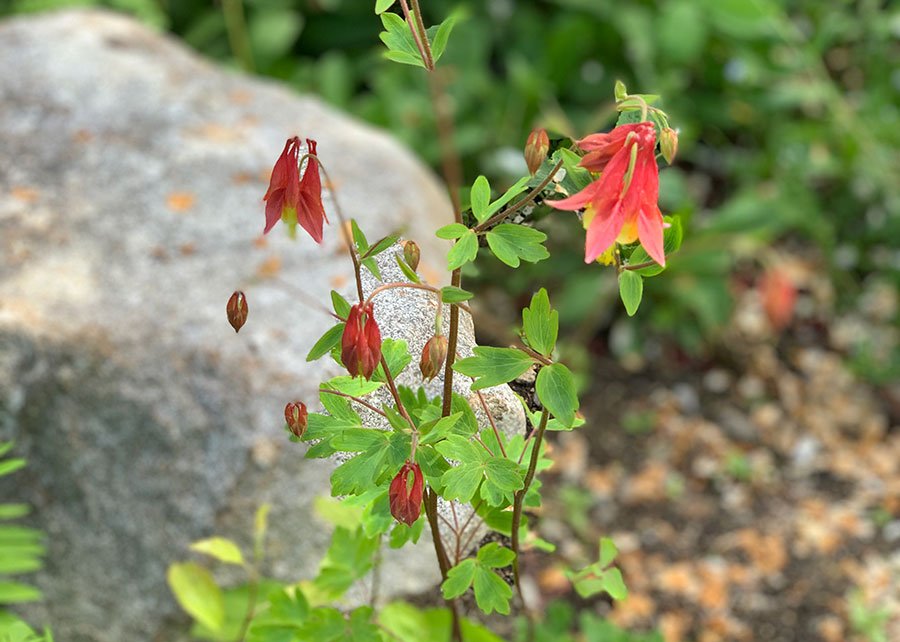Gaillardia pulchella
Also known as Indian Blanket and Firewheel, this New England native perennial plant is easy to establish in a sunny well drained location. Bee and Butterflies including Red Admirals, Monarchs, Great Spangled Friillaries and Silver Spotted Skippers will use it as a nectar source.
Echinacea 'Cheyenne Spirit'
‘Cheyenne Spirit’ was introduced in 2012 and has won top awards for garden performance. It comes in a mix of colors including gold, scarlet, orange, rose-red, cream, purple and yellow and all colors attracts birds and butterflies. Dead flower stems will remain erect well into the winter, and if flower heads are not removed, the blackened cones may be visited by goldfinches or other birds that feed on the seeds. Deer tolerant.
Digitalis purpurea 'Camelot Mix'
Although Foxglove is considered a biennial plant, blooming in its second year, “Camelot” is planted as an annual because it is one of a few foxglove cultivars that will reliably bloom in its first year. Digitalis is a medicinal plant containing a heart stimulant, but all plant parts are toxic to humans, cattle and horses. Deer and rabbit resistant.
Centaurea scabiosa
Centaurea scabiosa is hermaphrodite (has both male and female organs) and is pollinated by Bees, flies, Moths & Butterflies. The plant is self-fertile. The flowers have been used to treat digestive disorders and it has been known to be used to treat scabies (hence its Latin name scabiosa) and other skin complaints. The thistle like flowers have attractive light purple heads.
Aquilegia canadensis
This native wildflower in the buttercup family (Ranunculaceae) occurs naturally in open woodlands, clearings, and rocky slopes. It looks pretty in a naturalized area or in a flower bed.
Achillea Millefolium 'Summer Berries'
Broad flat clusters of flat headed flowers are on upright stems with aromatic, finely cut, fern-like leaves that attract butterflies. Profuse bloomer. Drought tolerant, heat tolerant, and low maintenance.






